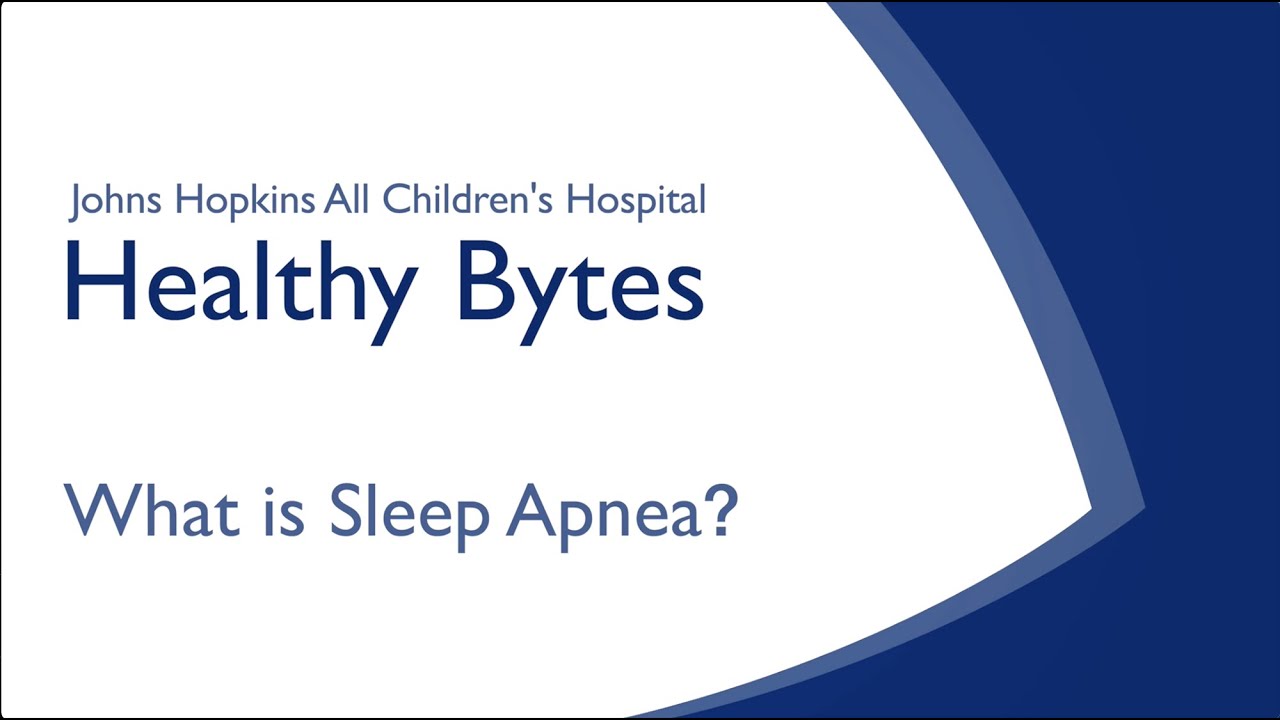What is sleep apnea?
What is Sleep Apnea?
Sawing logs, blowing Z’s, reving the chainsaw. We all know someone that snores during their sleep, you may even be that person. But what is going on when our children snore? Could there be something more?
What is snoring?
When you think about snoring and sleep apnea, think about what we call the upper airway. This includes the nose, the back of the nose, the mouth, the back of the mouth, and where these spaces connect before going down the throat to the lungs.
Your upper airway is lined with a lot of soft, squishy tissue that is helped kept open by the muscles of the upper airway. When you fall asleep these muscle relax, just like all the other muscles in your body. This narrows the airway, but there should be enough room for air to go in and out without problems.
Snoring happens when air cannot flow freely through the airway at the back of the throat. As a person inhales or exhales, tissue around the airway vibrates, creating an audible noise. About 1 in 4 children will have some minor, occasional snoring. You may sometimes hear this when your child has a cold or their allergies are acting up. For the most part, if this is very mild and infrequent, there are usually no concerns for health issues.
What about frequent or loud snoring?
If your child has frequent and/or loud snoring, up to 3 nights/week or more. this raises concerns for obstructive sleep apnea and primary snoring. The most important is obstructive sleep apnea. This is when there is so much collapse of the tissues and muscles of the upper way that not enough air can be moved for the body’s needs. This is typically characterized by a pause in breathing during sleep which we call an apnea. This can result in frequent awakenings at night or having decreases in oxygen levels in addition to snoring. To alleviate this blockage a person may need to wake up partially and this can result in disruption of nighttime sleep.
Up to 6% of children may have obstructive sleep apnea and this has been connected with impaired brain development, decreased academic performance, metabolic changes, and mood and behavioral problems among other issues. In adults, untreated OSA has been associated with high blood pressure, increased risk for heart attacks, and strokes.
What factors lead to obstructive sleep apnea?
Sometimes there can be inflammation in the upper airway that leads to soft tissue swelling leading to increased resistance to air movement. This can be from allergies, acid reflux, or smoke exposure.
With a lot of younger children, enlarged tonsils and adenoids and result in blockage of the airways during sleep. Surgical removal of these tissues can be very helpful in treating, if not curing the obstructive sleep apnea.
Obesity is becoming a bigger factor in development of OSA in children. About 1 in 3 children with obesity may have OSA. This thought to be due to fat deposition along the tongue, soft palate, and other soft tissues of the upper airway leading to a smaller space for air flow. Children with obesity are less likely to be cured of OSA with having their tonsils and adenoids removed.


